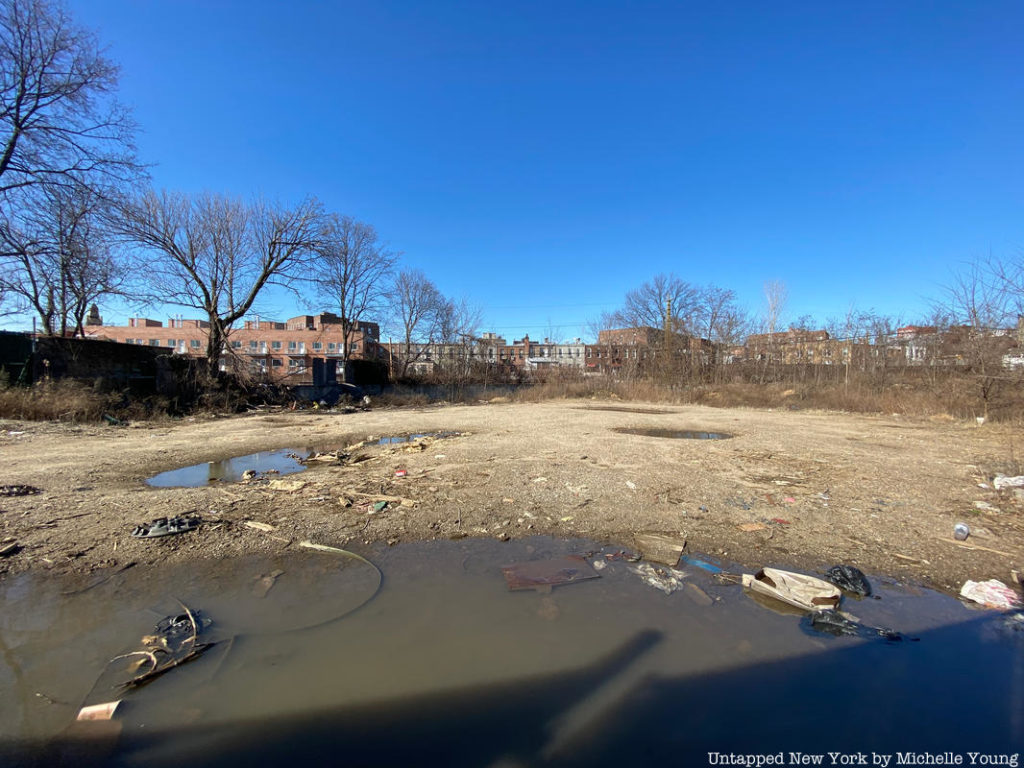4. Newtown, Queens

Newtown, Queens, is often considered New York’s first free Black community, located in present-day Elmhurst. Newtown was originally a one-block town surrounded by farmland, and in 1828, the community developed a church and parsonage. It would later become St. Mark African Methodist Episcopal Church, becoming a community center. Pastor and abolitionist James Pennington, who escaped slavery in Maryland, becoming the first African American to study at Yale (though not formally admitted), was a prominent leader of Newtown. Other residents of Newtown are recorded helping fugitives reach the North safely. At an 1862 meeting, residents denounced President Abraham Lincoln’s proposal for resettling freed slaves in other countries. Compared to Seneca Village or Weeksville, though, little was known about the community, at least until 2011.
A little over a decade ago, construction on a lot near the church uncovered the remains of a 26-year-old African American woman who was preserved in an iron coffin. Scott Warnasch, who was the forensic anthropologist/archaeologist for the New York City Office of Chief Medical Examiner from 2005 to 2015, worked with members of the local community in New York to provide both a backstory to the woman’s life and a physical and sociological picture of who she was. Development, though, continues to threaten the burial ground, which might house the remains of about 300 former Newtown residents.





